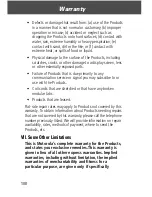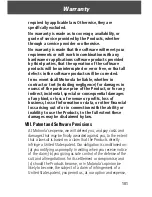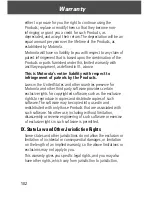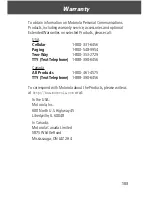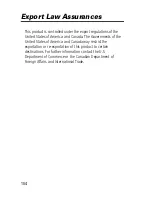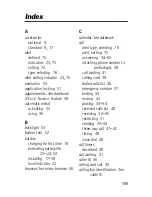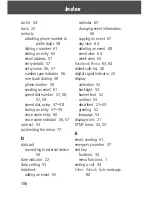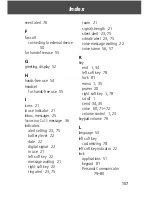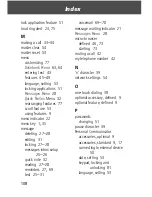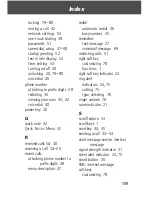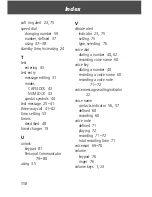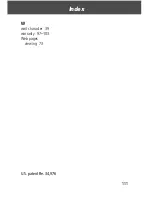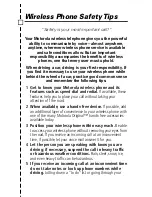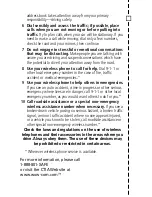
✂
address book takes attention away from your primary
responsibility—driving safely.
6
Dial sensibly and assess the traffic; if possible, place
calls when you are not moving or before pulling into
traffic.
Try to plan calls when your car will be stationary. If you
need to make a call while moving, dial only a few numbers,
check the road and your mirrors, then continue.
7
Do not engage in stressful or emotional conversations
that may be distracting.
Make people you are talking with
aware you are driving and suspend conversations which have
the potential to divert your attention away from the road.
8
Use your wireless phone to call for help.
Dial 9-1-1 or
other local emergency number in the case of fire, traffic
accident or medical emergencies.*
9
Use your wireless phone to help others in emergencies.
If you see an auto accident, crime in progress or other serious
emergency where lives are in danger, call 9-1-1 or other local
emergency number, as you would want others to do for you.*
10
Call roadside assistance or a special non-emergency
wireless assistance number when necessary.
If you see a
broken-down vehicle posing no serious hazard, a broken traffic
signal, a minor traffic accident where no one appears injured,
or a vehicle you know to be stolen, call roadside assistance or
other special non-emergency wireless number.*
Check the laws and regulations on the use of wireless
telephones and their accessories in the areas where you
drive. Always obey them. The use of these devices may
be prohibited or restricted in certain areas.
For more information, please call
1-888-901-SAFE
or visit the CTIA Web site at
www.wow-com.com™
* Wherever wireless phone service is available.
Содержание V200
Страница 111: ...111 Index W wait character 39 warranty 97 103 Web pages viewing 73 U S patent Re 34 976 ...
Страница 112: ...Index 112 ...

